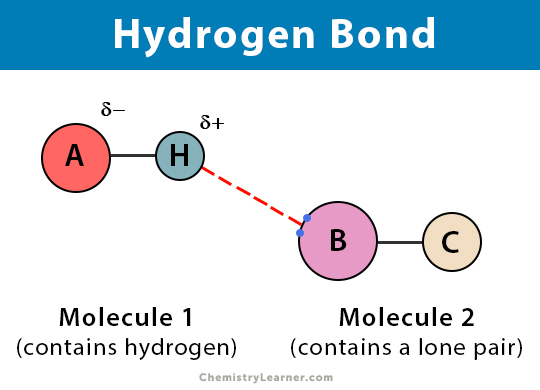As a molecular biologist, I’ve always been fascinated by the intricacies of DNA—the blueprint of life. In this article, we’ll delve into a captivating aspect of this incredible molecule: the hydrogen bonds between adenine and thymine (A-T), a fundamental interaction that shapes the structure and function of our genetic material.

Image: jayla-has-valencia.blogspot.com
From Watson and Crick’s groundbreaking discovery to its role in DNA copying and genetic code transmission, the A-T hydrogen bond has played a pivotal part in the story of life on Earth. Join us as we unravel the science behind this remarkable bond.
Hydrogen Bonding: The Molecular Glue
Hydrogen bonding is an intermolecular force that arises from the attraction between a hydrogen atom covalently bonded to an electronegative atom (such as nitrogen, oxygen, or fluorine) and another electronegative atom. This attraction stems from the partial positive charge on the hydrogen atom and the partial negative charge on the electronegative atom.
In the context of DNA, hydrogen bonding occurs between the nitrogenous bases that form the rungs of the DNA ladder. Adenine (A) and thymine (T) are two of these bases, and they form a specific pair, held together by two hydrogen bonds.
The A-T Hydrogen Bond: A Unique Pairing
The hydrogen bonding between A and T is unique because it is significantly weaker than the three hydrogen bonds between guanine and cytosine (G-C). This difference in strength has profound implications for the structure and stability of DNA.
The weaker A-T hydrogen bonds allow for easier strand separation, which is essential for DNA replication and transcription. During these processes, the DNA double helix must unwind, and the individual strands must be able to separate and serve as templates for the synthesis of new DNA or messenger RNA molecules.
The Importance of A-T Bonds in DNA Structure
The A-T hydrogen bonds contribute significantly to the overall stability and shape of the DNA molecule. They help maintain the regular, double-helical structure of DNA by preventing strand overwinding or unwinding. Additionally, the A-T bonds play a crucial role in DNA’s recognition by proteins and enzymes, facilitating essential cellular processes such as gene regulation and DNA repair.
Furthermore, the A-T content of DNA varies among different species and even within different regions of the genome. This variation in A-T content can influence DNA flexibility, gene expression, and susceptibility to genetic damage.

Image: www.discoveryandinnovation.com
Tips and Expert Advice for Understanding A-T Hydrogen Bonds
Here’s some expert advice to help you gain a deeper understanding of A-T hydrogen bonds:
- Visualize the hydrogen bonding using molecular models or online visualization tools. This will help you comprehend the spatial arrangement of the atoms and the strength of the bond.
- Study the difference between A-T and G-C hydrogen bonds in detail. This will reinforce your understanding of the unique properties of the A-T bond.
- Explore the role of A-T hydrogen bonds in DNA structure and function through research articles and documentaries.
FAQs: Your Questions Answered
Let’s address some frequently asked questions about A-T hydrogen bonds:
- Q: How many hydrogen bonds are between A and T?
A: Two
- Q: Which base pairs with adenine?
A: Thymine
- Q: Why is the A-T bond weaker than the G-C bond?
A: Because it involves one less hydrogen bond
How Many Hydrogen Bonds Between A And T
Conclusion: Uncovering the Significance of A-T Bonds
The hydrogen bonds between A and T are an essential component of DNA’s structure and function. They contribute to the stability of the double helix, facilitate DNA replication and transcription, and regulate interactions with cellular machinery.
By understanding these hydrogen bonds, we gain insight into the remarkable abilities of DNA as a molecule capable of storing and transmitting genetic information across generations.
Is the fascinating world of molecular biology calling out to you? Dive deeper into the intricacies of DNA and the bonds that hold it together, shaping the diversity of life on Earth.